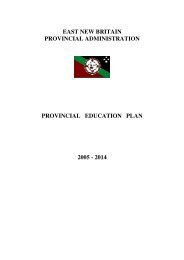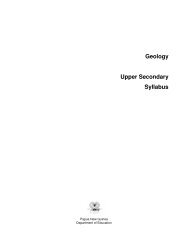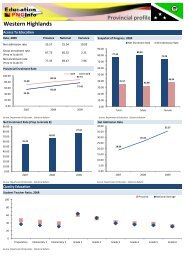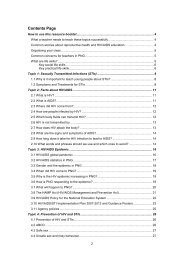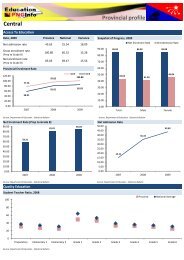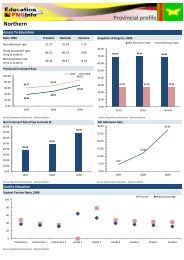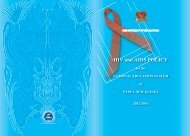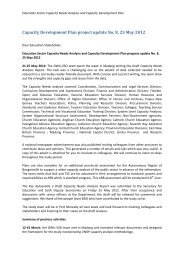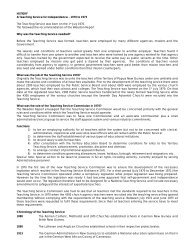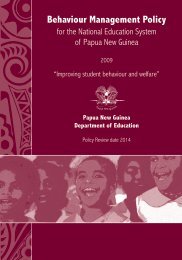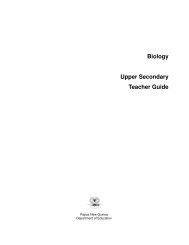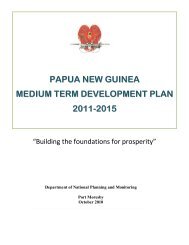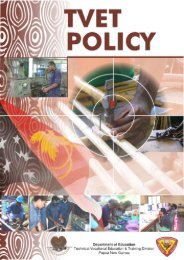English Lower Secondary Syllabus - Department of Education
English Lower Secondary Syllabus - Department of Education
English Lower Secondary Syllabus - Department of Education
You also want an ePaper? Increase the reach of your titles
YUMPU automatically turns print PDFs into web optimized ePapers that Google loves.
<strong>Lower</strong> <strong>Secondary</strong> <strong>Syllabus</strong>• analyse information for clarity, relevance and point <strong>of</strong> view• identify different cultural ways <strong>of</strong> persuading and informing within texts• identify how ideas and information have been selected to appeal todifferent groups• identify how certain textual resources have been used to representpeople, places, events and things in ways that appeal to different groups• analyse the structure <strong>of</strong> persuasive and information texts, e.g. aninformation report includes a general classification <strong>of</strong> what is being talkedabout, facts about various aspects <strong>of</strong> the subject including diagrams,photos, and illustrations.Language• identify and explain persuasive language techniques used in a range <strong>of</strong>print and visual texts, e.g. emotive words, use <strong>of</strong> slogans• identify and explain language used in information texts includingtechnical terms, present tense, linking and action verbs, nouns,comparative words• consider how languages change over time and investigate how visualand linguistic features are used to persuade and to deliver information toa wide range <strong>of</strong> audiences• identify how the use <strong>of</strong> written/visual imagery features help createmeanings.Skills and strategies• formulate questions about the persuasive and informative texts read• make notes about the ideas and information in persuasive andinformative texts• use bibliographies to select further texts.Speaking and listeningListen to, speak about and compose a range <strong>of</strong> oral persuasive andinformative texts based on Papua New Guinea and the wider world thatinclude appropriate content, language and strategies.Texts and contexts• adjust register <strong>of</strong> own spoken texts for different purposes, situations andaudiences• identify alternative viewpoints in spoken texts• analyse qualities <strong>of</strong> valid argument and challenge ideas in discussionand debate• develop a main idea or point <strong>of</strong> view providing some supporting detailsand evidence to explore ideas and issues• <strong>of</strong>fer opinions and attempt to persuade others to a point <strong>of</strong> view• identify meanings not directly stated• develop a main idea or point <strong>of</strong> view providing some supporting detailsand evidence to explore ideas and issues to persuade• explore strategies used in different forms <strong>of</strong> oral persuasivepresentations, e.g. use <strong>of</strong> non-verbals in TV advertising, voice effects inoral debates.47



